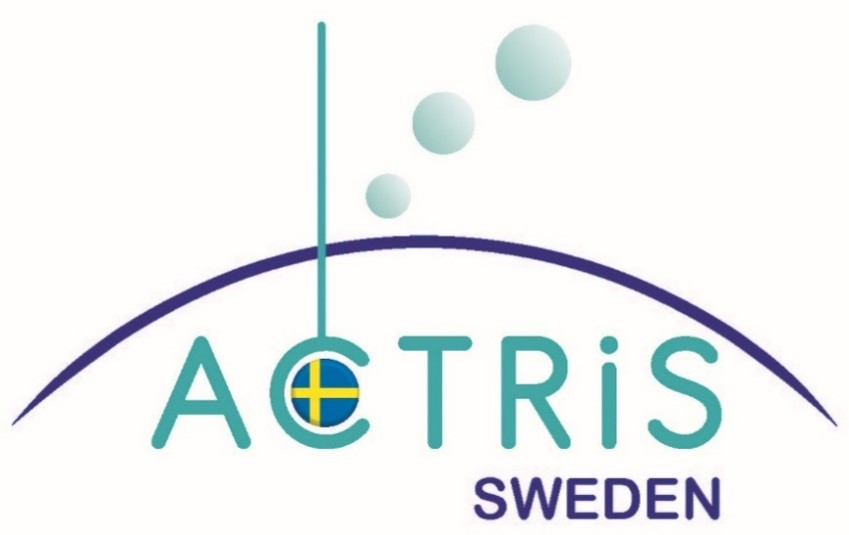Aerosol In-Situ, Reactive Trace Gas In-Situ and Cloud In-Situ
Implemented and operated by Stockholm University (in collaboration with ACTRIS Norway, the Norwegian Polar Institute and NILU).
Aerosol In-Situ operational
Reactive Trace Gas In-Situ operational 2026
Cloud In-Situ operational
Zeppelin Mountain research station, Ny-Ålesund, west coast of Svalbard (78°54' N, 11°53' E, 474 m asl)
Description of the infrastructure
The Zeppelin observatory (part of GAW, EMEP, ICOS and ACTRIS) is located on a mountain ridge 474 m asl, some 3 km from the international research village at Ny Ålesund village on Svalbard. It is one of the best-equipped core atmospheric research stations in the Arctic. The in-situ and remote sensing observations at Zeppelin and Ny Ålesund include more than 100 parameters covering meteorology, climatology, radiation, trace and greenhouse gases, aerosol and cloud properties.
The ACTRIS aerosol in-situ (AIS) program is conducted in close collaboration between ACTRIS Sweden and ACTRIS Norway. Stockholm University conducts continuous observations of AIS microphysical properties (aerosol number, size distribution, light scattering and absorption) since more than two decades. Aerosol organic and elemental carbon (OC/EC) started in 2007 and cloud in-situ (CIS) properties in 2015.
Since the Zeppelin station had not been renovated in the 1990s, it was necessary to make a major renovation during the second half of 2024, to extend the lab space and to bring the station up to modern standards with respect to electricity, indoor climate control, internet and fire safety. Since spring 2025, all basic infrastructure (lab space, workshop, accommodation) are ready and of high quality.
The ACTRIS Sweden and ACTRIS Norway instruments are now placed side-by-side, sharing the same ACTRIS certified inlet. New ACTRIS Sweden instrumentation will be installed during 2025 and early 2026.
Daily operations are managed in close collaboration with the Norwegian Polar Institute and NILU.
ACTRIS Sweden observations at Zeppelin station require several research engineers and a station PI (Radovan Krejci) for scientific management and data processing.
